Not all teas are the same—some can be bitter, bland, or just plain odd. But across the globe, there are also teas that captivate with flavors, history, and health perks.
Curious about which to sip and which to skip? Read this guide to discover the teas that might leave you wrinkling your nose and those that deserve a cozy spot in your teacup.
From the overly smoky to the subtly sweet, let’s explore the world of teas together.
20. Lapsang Souchong (Overly Smoky)
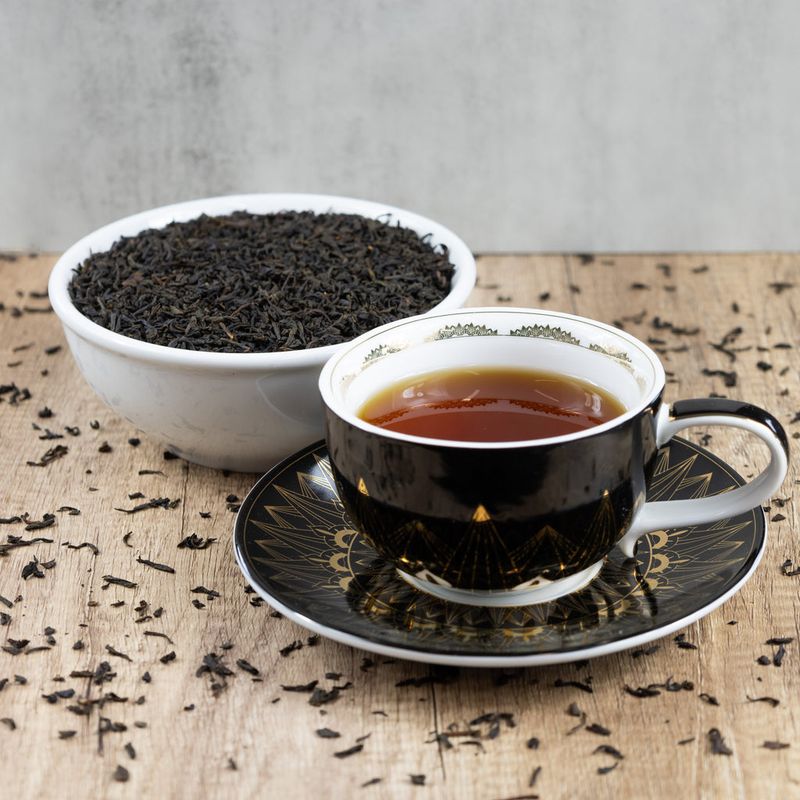
This black tea from China is dried over pinewood fires, which gives it a strong, smoky aroma that overwhelms the senses. The flavor can taste more like a campfire than a cup of tea.
While some enjoy its intensity, many find it harsh and overpowering. It often ends up more dramatic than drinkable.
19. Genmaicha Gone Stale
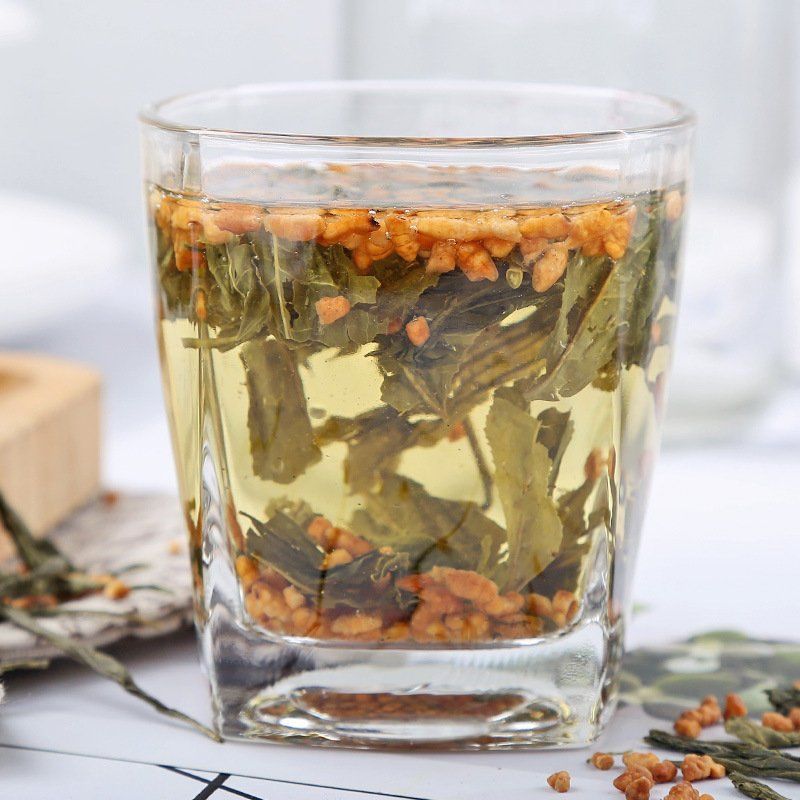
Genmaicha is a Japanese green tea blended with roasted brown rice, offering a toasty, grassy flavor when fresh. But once it turns stale, it tastes like burnt popcorn and cardboard.
Its delicate balance disappears quickly, and improper storage leaves it flat and flavorless. A disappointing cup if not handled right.
18. Oversteeped Matcha

High-quality matcha is earthy, sweet, and creamy when whisked properly. But oversteeping powdered matcha in hot water creates a bitter, chalky mess.
This green tea is meant to be whisked, not brewed like a bag. When treated wrong, its beauty turns to bitterness.
17. Rooibos With Artificial Vanilla

Rooibos is naturally sweet and nutty, but artificial vanilla can turn it cloying and synthetic. The result is more dessert syrup than tea.
Instead of warming comfort, it leaves behind a fake aftertaste. Many find it unpleasant and overly perfumed.
16. Instant Lemon Iced Tea Powder

This powdered mix promises convenience, but often delivers sugar-laden tea with an acidic, metallic twang. The lemon flavor tastes artificial.
Lacking any of tea’s complexity, it resembles flavored water more than a real infusion. Best left behind on the shelf.
15. Weak Hibiscus Blend
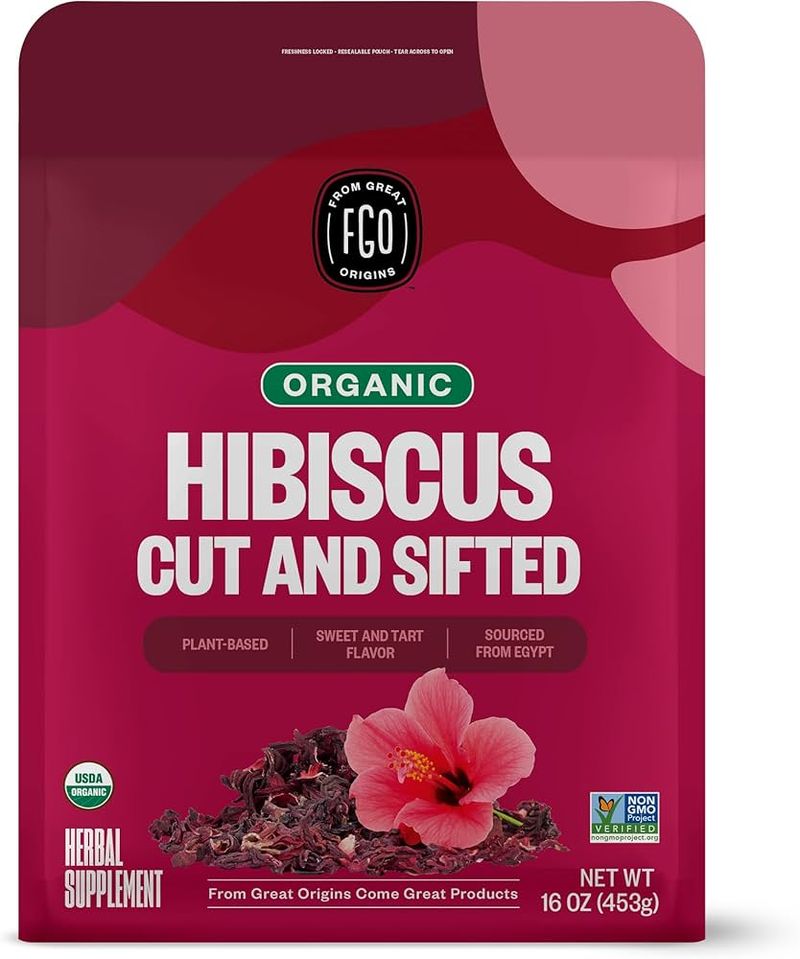
When steeped correctly, hibiscus tea is tart and vibrant. But cheap blends often water it down with filler herbs.
The result is faintly pink water that tastes like sour air. Without body or depth, it falls flat fast.
14. Artificial Peach Green Tea
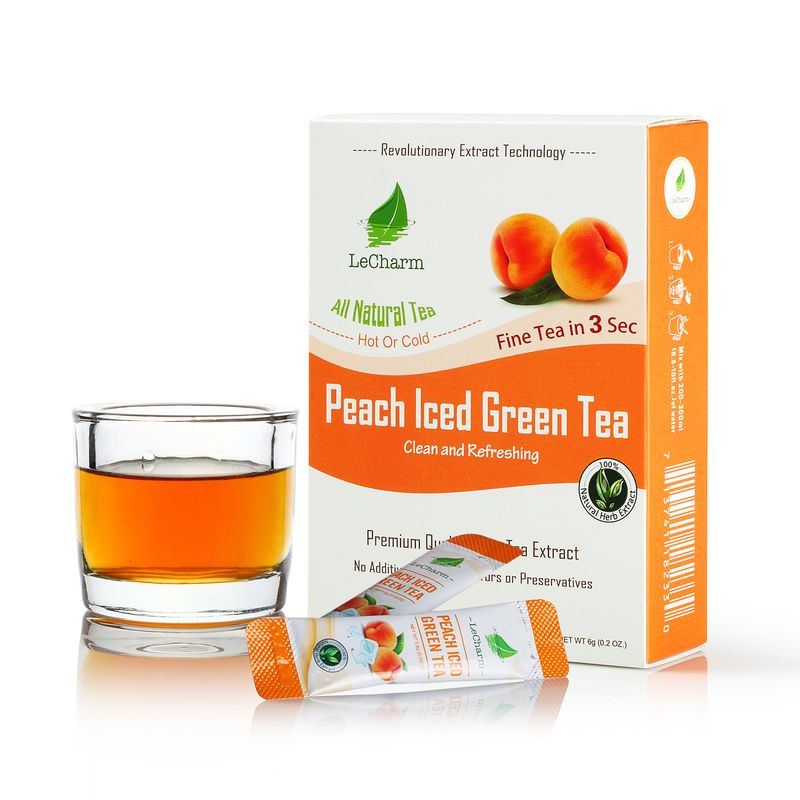
The sweet peach flavor in bottled or powdered versions often veers into candy-like territory. Combined with low-grade green tea, it feels clumsy.
Rather than refreshing, it becomes syrupy and synthetic. It rarely captures the crispness it aims for.
13. Old Chamomile Tea Bags
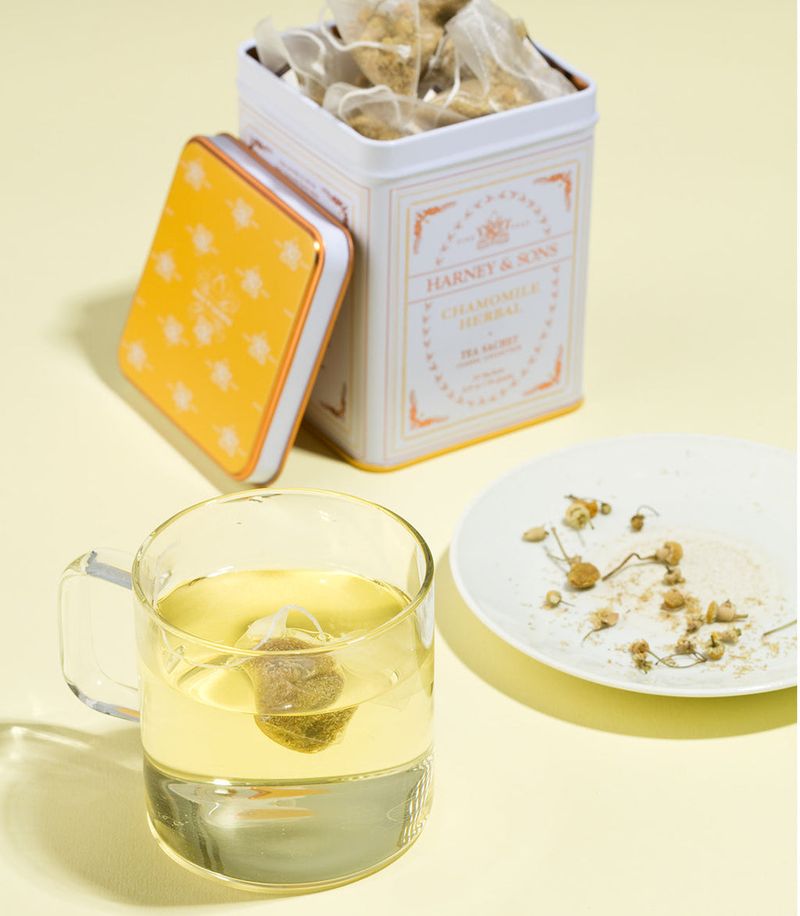
Chamomile offers a soft, apple-like flavor when fresh. But old, dusty bags taste like dried grass with a paper finish.
Stored too long, chamomile loses its oils and aroma. Instead of calm, it delivers bland disappointment.
12. Bitter Yerba Mate
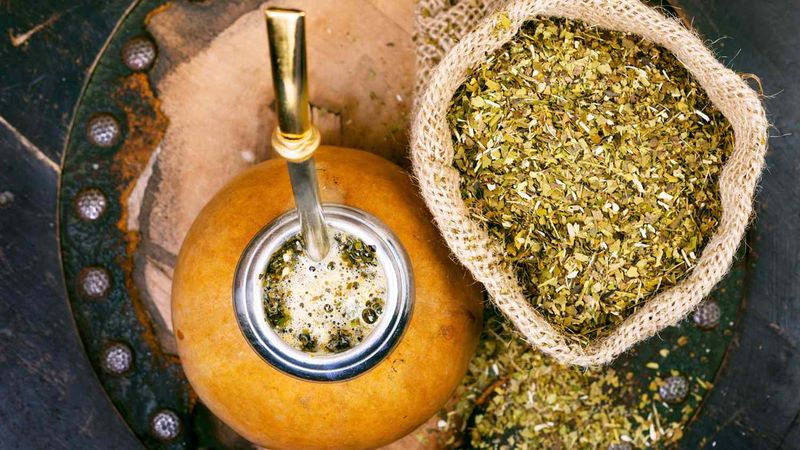
When overbrewed or poorly sourced, yerba mate turns aggressively bitter with a dry, tannic afterbite. The result can feel harsh and grassy.
Without proper technique or quality leaves, this energizing tea becomes more punishing than pleasant.
11. Powdered Thai Tea Mix

Pre-sweetened mixes often use artificial color, dairy powder, and too much sugar. The final flavor is cloying and chalky.
Instead of the rich, fragrant brew from Thai cafés, you get a watered-down imitation. The charm gets lost in the powder.
10. Masala Chai (India)

Bold black tea simmers with cardamom, cinnamon, cloves, and ginger in milk and sugar. The result is spiced, sweet, and deeply warming.
Masala chai is a street-side staple in India, served in clay cups or steel tumblers. It’s pure comfort with a rhythmic kick.
9. Jasmine Pearl Green Tea (China)
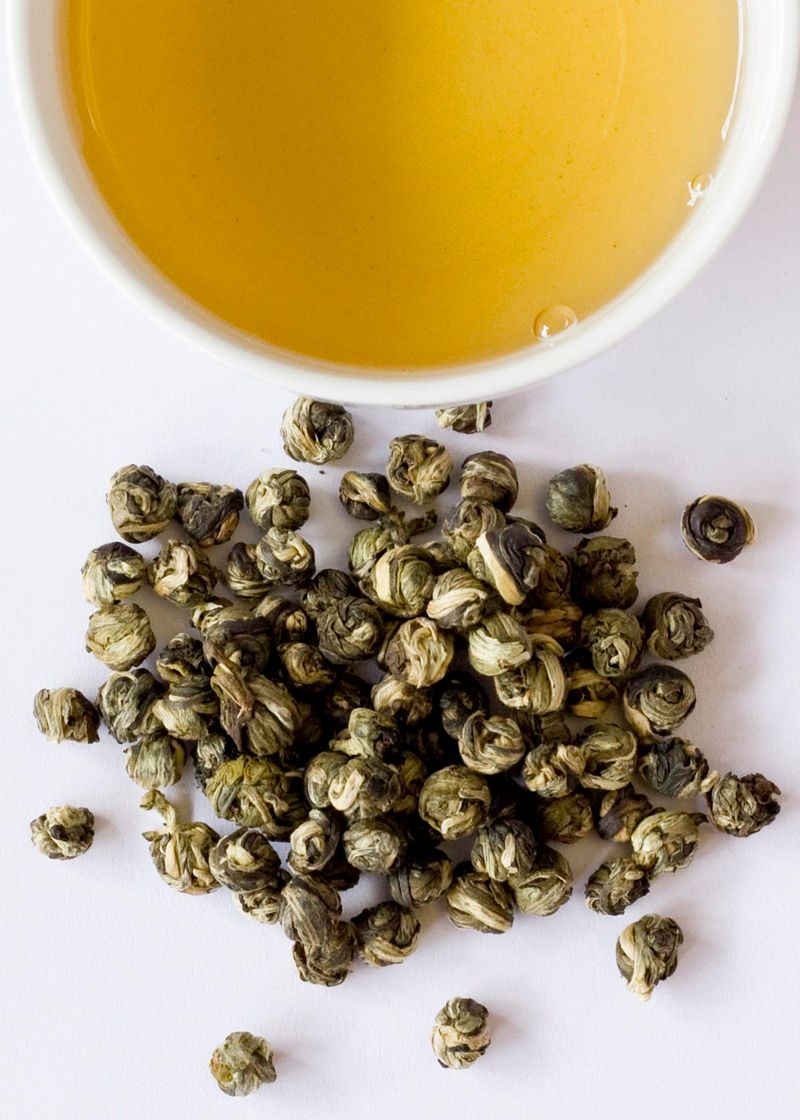
Delicate green tea leaves are hand-rolled with jasmine blossoms, then dried to absorb their scent. The flavor is floral and smooth.
This elegant Chinese tea opens slowly, releasing layers of fragrance. It’s a sensory ritual worth every steep.
8. Moroccan Mint Tea (Morocco)

Gunpowder green tea meets fresh mint and sugar, brewed strong and poured high into glasses. The taste is bold, sweet, and refreshing.
In Morocco, it’s served with hospitality and flair. The pouring style creates foam and cools the tea at the same time.
7. Hojicha (Japan)
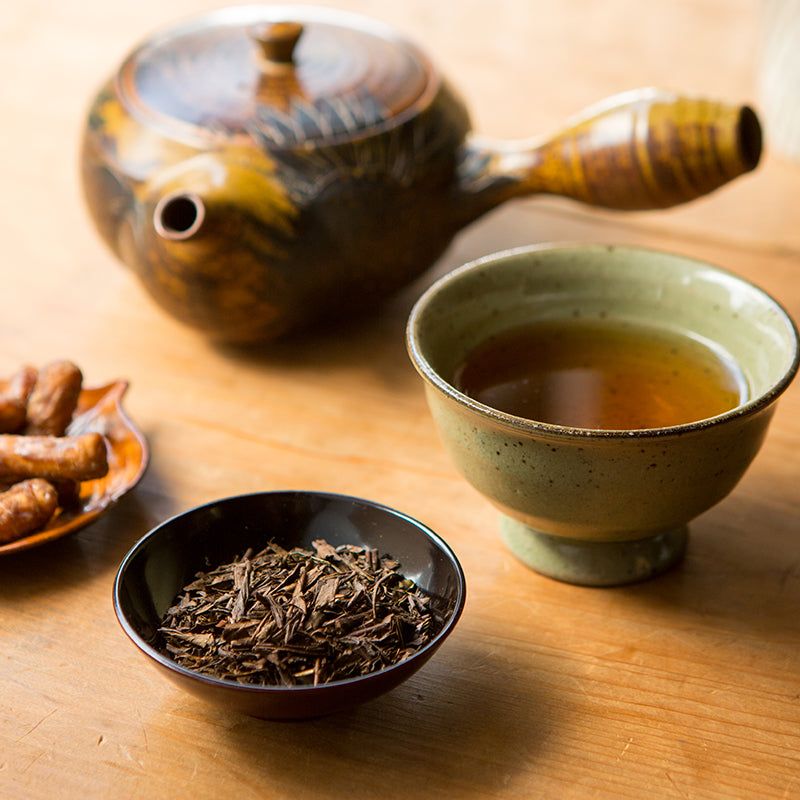
This roasted green tea is mellow, nutty, and low in caffeine. The flavor is warm, almost chocolaty, with none of green tea’s bitterness.
A favorite in the evening or with meals, hojicha brings cozy simplicity to your cup. It’s smooth, soothing, and crowd-pleasing.
6. Milk Oolong (Taiwan)

These tightly rolled leaves brew into a creamy, buttery tea with hints of orchid and warm milk. It’s naturally rich without added dairy.
A Taiwanese treasure, it balances softness and depth. Each steep brings out new flavor notes from the same leaves.
5. Butter Tea (Tibet)
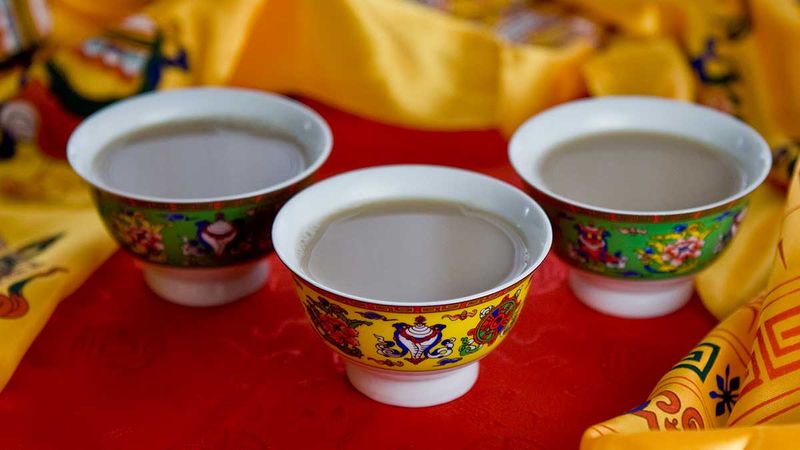
Made from yak butter, black tea, and salt, this savory drink is thick, warming, and unlike anything else. The flavor is bold and fatty.
In high-altitude Tibet, butter tea provides calories and heat. For travelers, it’s strange but deeply tied to place and purpose.
4. Pu-erh Tea (China)
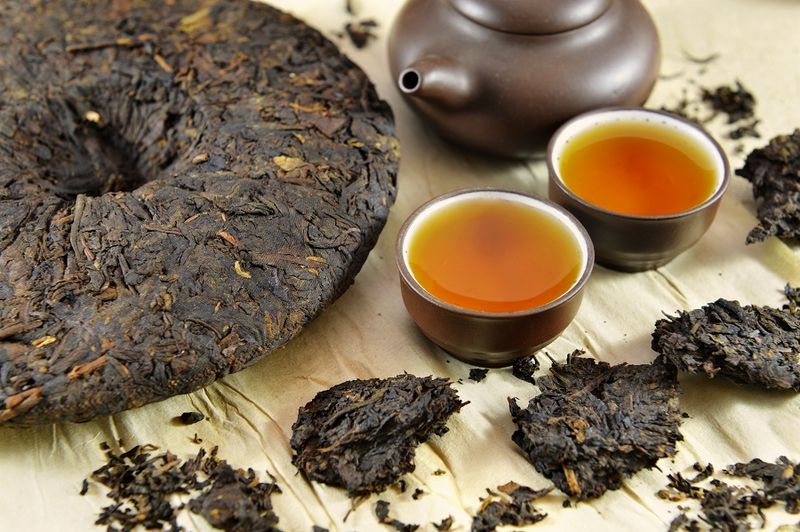
Aged and fermented, this dark tea has earthy notes of mushroom, forest floor, and leather. The taste deepens with each steeping.
Often pressed into bricks, pu-erh is prized for its health benefits and meditative quality. A tea for slow sips and long stories.
3. Icelandic Arctic Thyme Tea

Hand-harvested thyme brews into a soft, herbal tea with minty, piney notes. It smells like fresh air after rain.
Used in Icelandic folk medicine, it’s calming and fragrant. A quiet tea that tastes like wide-open landscapes.
2. Argentine Yerba Mate (Properly Brewed)
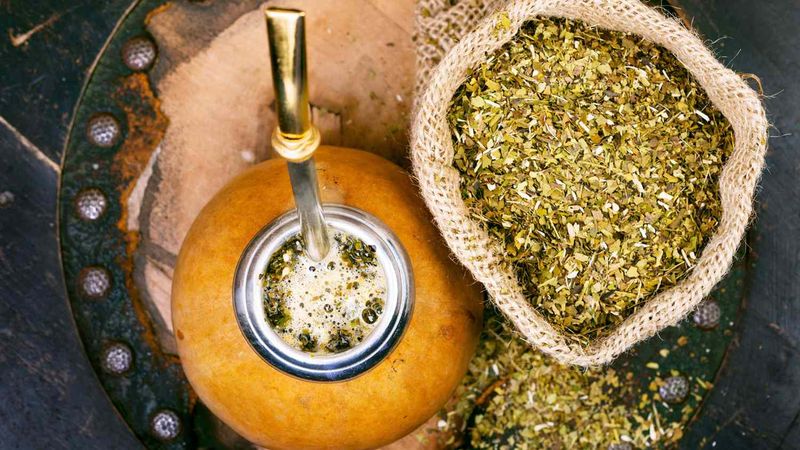
Served in a gourd with a metal straw, this green tea is grassy, slightly bitter, and loaded with caffeine. The ritual is just as important.
In Argentina, sharing mate is social and sacred. When brewed right, it’s a bright, energizing companion for long afternoons.
1. Rose Petal Black Tea (Middle East)
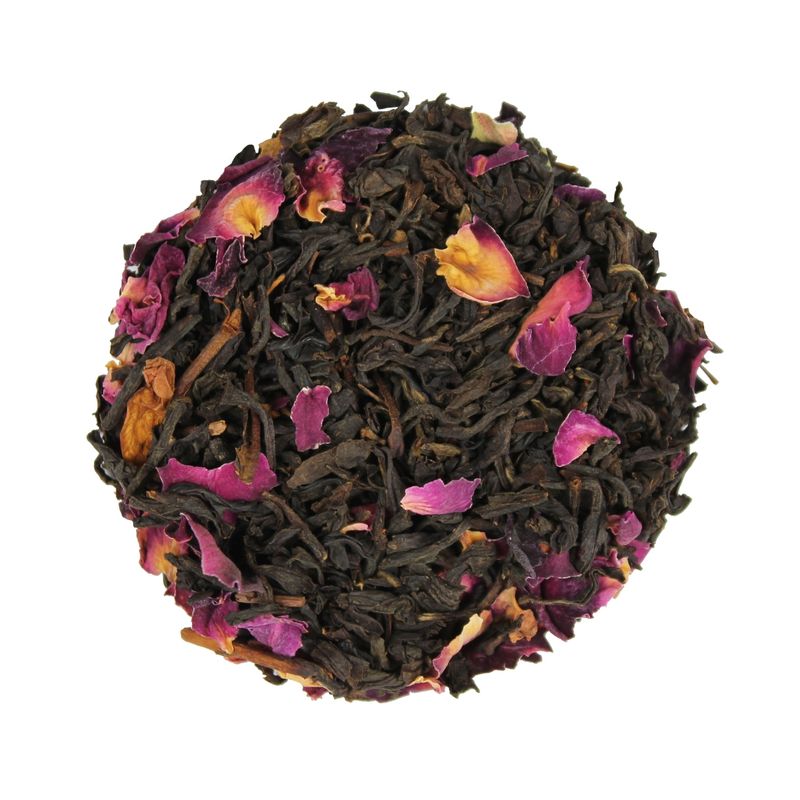
Black tea leaves are blended with dried rose petals for a perfumed, slightly sweet brew. The balance of floral and bold is stunning.
Popular in Iran and other parts of the Middle East, it’s often served with sugar cubes. Elegant, aromatic, and steeped in tradition.

